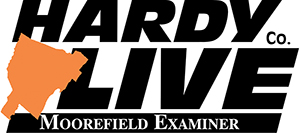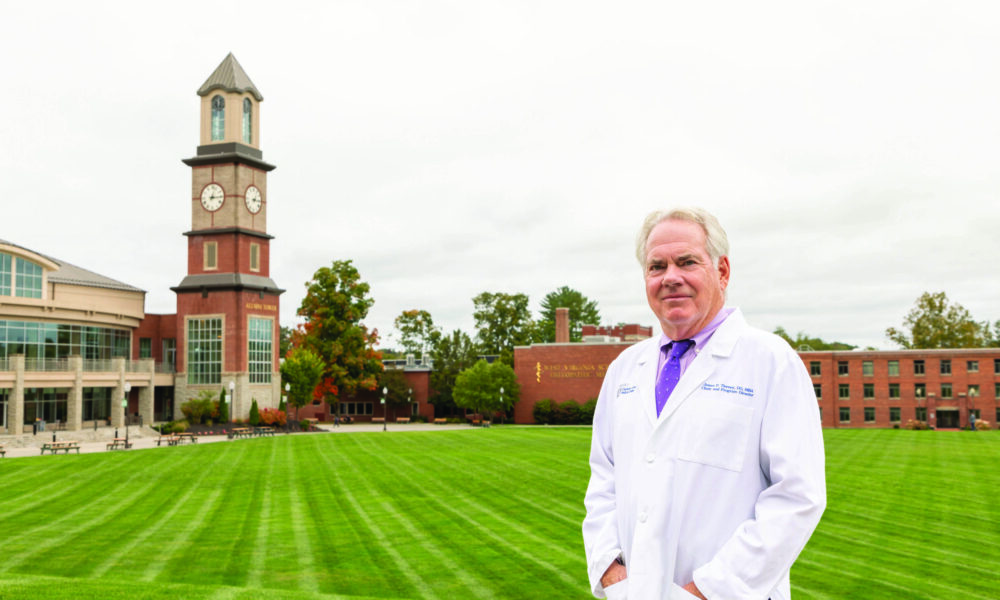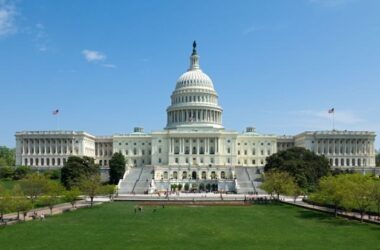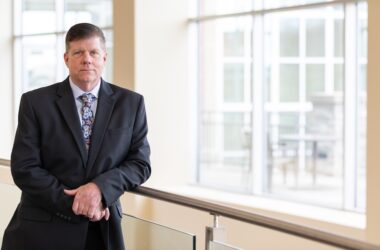CHARLESTON, W.Va. — Providing residencies is a key to developing medical specialists in West Virginia. Getting such an opportunity changed the career path of one Charleston urologist and has been benefitting medical students, hospitals and patients in the region for decades.
James P. Tierney, D.O., MBA, is a 1980 West Virginia School of Osteopathic Medicine (WVSOM) graduate and has been a urologist at Charleston Area Medical Center (CAMC) since 1987.
In 1976, Tierney arrived at WVSOM in Lewisburg with the idea that he might want to be a general surgeon — until an opportunity for a urology residency changed his direction.
WVSOM has a reputation for preparing physicians for careers in primary care but also prepares students to be successful in any specialty. That was the case for Tierney. His postgraduate experience included an internship at Pinellas Park Hospital in St. Petersburg, Fla., followed by two years of general surgery at CAMC and a four-year urology residency at the University of Pittsburgh before returning to CAMC to practice.
The combination of medical and surgical elements of urology, along with its use of technologies, make it one of the most sought-after residencies in the country, Tierney said.
“Medical students find the evaluation and management of the medical and surgical elements of urology attractive. The combination of open surgery, endoscopic procedures and robotic surgery contributes to the specialty’s popularity,” he said.
Tierney and CAMC officials realized the need for urologists in West Virginia, so he and other physicians began the hospital’s residency program in 2006.
“Not only did we need manpower in urology, but also a modernized urologic care model to include best practice models and guideline-based treatments,” Tierney said. “The goal was to offer up-to-date urologic care for patients in West Virginia, and this has been our biggest accomplishment. To address other specialty shortages, additional CAMC residency and fellowship programs have been modeled after our urology residency experience and are enjoying similar success because of the many WVSOM graduates in these postgraduate programs.”
Nine WVSOM graduates in the past 20 years have gone through CAMC’s urology residency program and found careers in the specialty, six of whom currently practice in West Virginia. The nine alumni include Cordell Davis, D.O., Samuel Deem, D.O., Brian DeFade, D.O., Ryan Fitzwater, D.O., MBA, Joshua Lohri, D.O., MBA, L. Faith Payne, D.O., Stephen Phillips, D.O., Jason Riley, D.O., and Roger Robertson, D.O.
Students need to know that when they finish medical school with a D.O. degree, any specialty is open to them, but when they apply for hard-to-get residencies, they are competing for those positions nationally, Tierney said.
“Most urology residencies match only two to three students a year for the five-year postgraduate program. You must have a competitive application that includes good board scores, research activity, good grades and letters of recommendation,” he said. “In the summer and fall of the student’s senior year, it is essential to secure several two-to-four week rotations at hospitals with residency programs. These rotations are the opportunity to put their best foot forward to network. To demonstrate how competitive the process is, last year, we received 256 applications for two spots.”
West Virginia’s urologist-to-patient ratio is the 17thhighest in the nation. According to the American Urological Association, there were 78 practicing urologists for the state’s approximately 1.783 million people in 2022.
The national average for female residents entering urology is increasing. The Society of Academic Urologists and the American Urological Association Urology Residency Match data proved that 2023 was an important year for females matching with urology programs, as a higher percentage of females matched with programs (81 percent), compared to their male counterparts (73 percent). Overall, females account for 25 percent of all urology residents.
Typically, a general urologist’s major responsibilities include the diagnosis and treatment of urologic cancers; robotic surgery for prostate, kidney and bladder cancer; urinary reconstruction; the evaluation and treatment of urinary incontinence in men and women; kidney stone treatment and prevention; genitourinary infections; and vasectomy.





